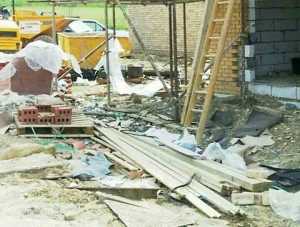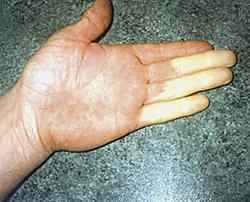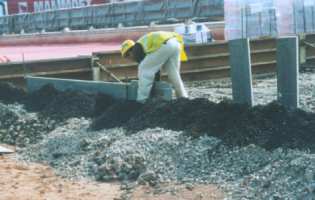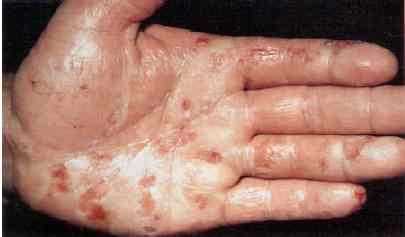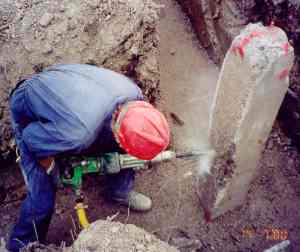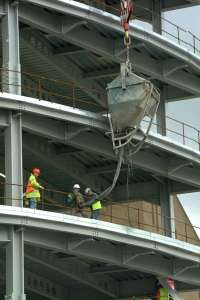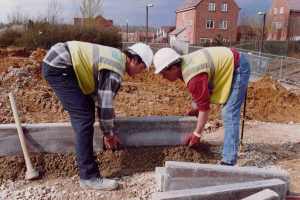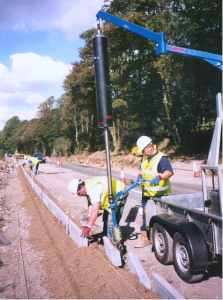|
HSE LAUNCHES CONSTRUCTION SITE BLITZ IN EAST SCOTLAND AND THE HIGHLANDS Health and Safety Executive (HSE) inspectors will be carrying out a blitz of construction sites across east Scotland and the Highlands & Islands in March as part of a UK-wide initiative to tackle serious work-related ill health. Healthy Handling 2005 is aimed at clients, designers, planning supervisors and contractors in the construction industry, and is targeting poor work practices that can cause long-term disability and could end careers.
The visits will cover from the Borders, through the Lothians, Fife and the central belt to Dundee, Aberdeen and the Highlands. During the initiative HSE Inspectors will focus on handling and using tools, materials and substances which can result in fractures, strains, musculo-skeletal disorders, dermatitis, cement burns, hearing loss, hand arm vibration syndrome and consequent long term disability. Commenting on the initiative, Principal Inspector Jim Skilling said: "Work related ill health affects a significant number of construction workers and the sector has one of the highest rates of musculo-skeletal disorder in industry. Back problems, cement dermatitis, vibration white finger and deafness can ruin people's lives and force them out of their chosen profession.
"We have produced guidance outlining simple and sensible precautions to help clients, designers, planning supervisors and contractors take account of these hazards well before work starts on site. Experience shows that effective management of exposure to these risks can reduce or prevent injury and ill-health to workers." The four core issues Inspectors will be looking at during the blitz are site order and organisation, lifting and carrying, wet cement and hand held vibrating equipment and tools. If not properly managed each of these topics has the potential to cause ill health and injury to construction workers.
For each of the four core issues inspectors will expect to find: Order and Organisation Lifting and Carrying Wet Cement Hand Held Vibrating Equipment and
Tools Seventy workers were killed in the construction industry last year (2003/04). Some 4,000 construction workers suffered major injuries and over 8,150 suffered injuries that kept them off work for more than three days in 2003/04.
Musculo-skeletal Disorders (MSDs) are by far the most common work related illness. It is estimated that each year 1 million people in Great Britain suffered a work-related musculo-skeletal injury across all industries, around half due to lower back pain. 5.7 million working days are lost per year due to work related back pain. In construction MSDs account for eight per cent of major injuries, 34 per cent of 3-day injuries and 26 per cent of all RIDDOR reported accidents. In 2003/04 96,000 people are estimated to have suffered from ill-health caused or made worse by employment in the construction industry.
In 2003, a quarter of major injuries in the construction industry were due to slipping or tripping while moving around sites.
Between 5.5 and 10.5 per cent of construction workers are thought to be sensitive to cement, and potentially at risk of allergic dermatitis.
Vibration white finger is commonly seen as a condition associated with coal mining, yet 28.5 per cent of average annual cases, excluding extraction, were reported for construction workers. |
